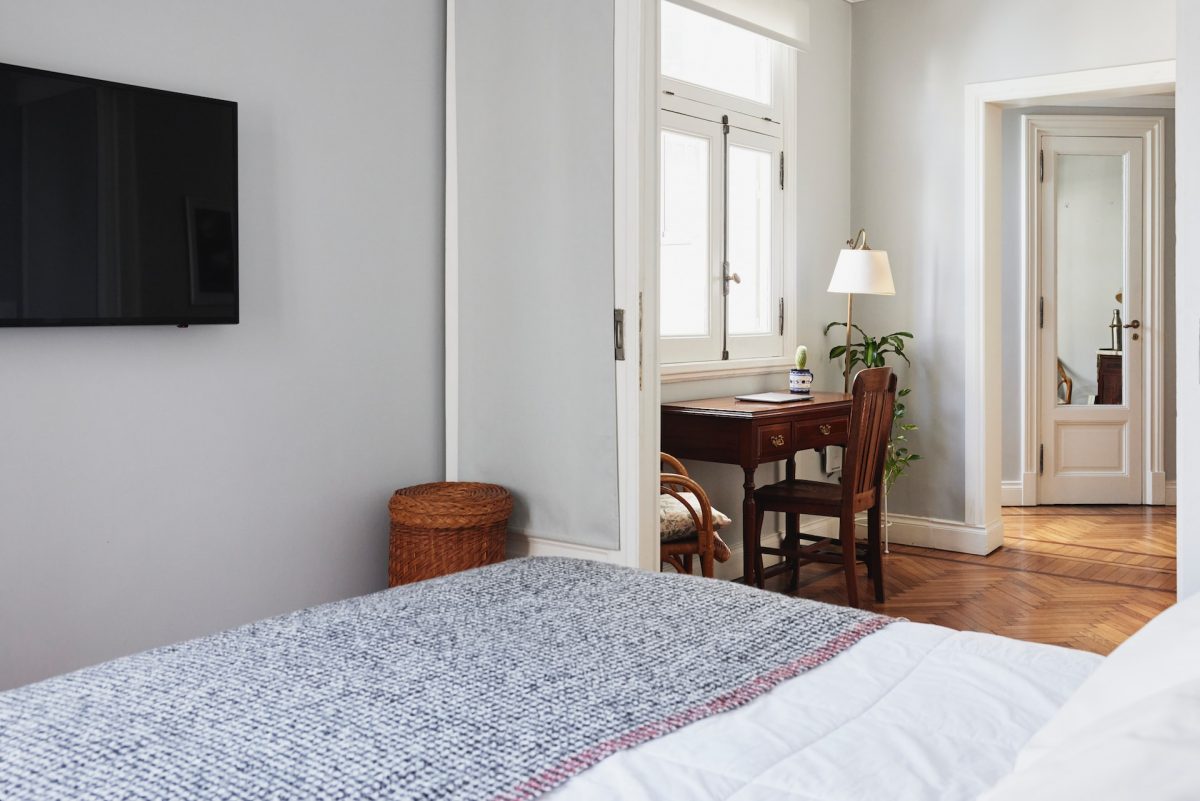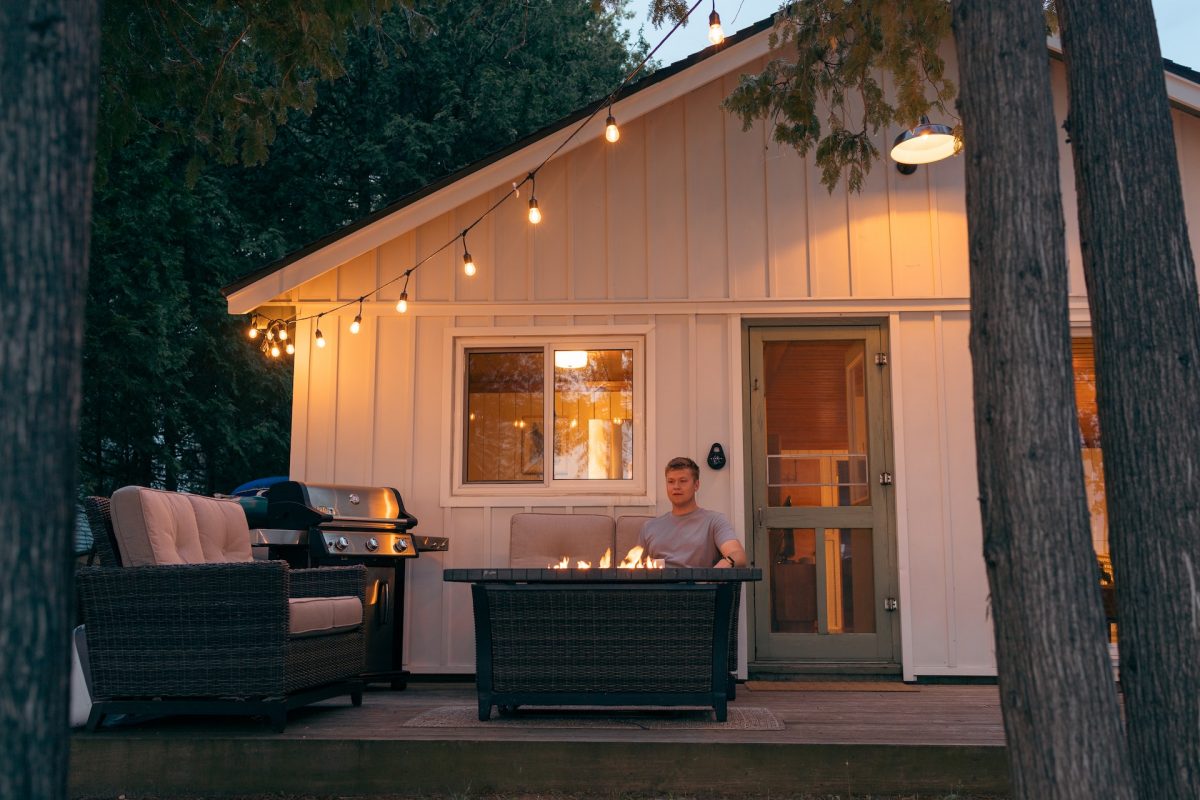Navigating the ever-evolving rental property market can be challenging. To excel in this competitive landscape, it’s crucial to stay informed and adapt to the latest trends. With this general educational article, you’ll gain an in-depth understanding of current and emerging rental market trends, along with actionable insights for staying ahead of the game on Homefinders.
Whether you’re a tenant searching for the perfect rental home or a landlord managing properties, you’ll find valuable information to optimize your rental experience and make informed decisions. From changing tenant preferences and evolving landlord management strategies to innovative amenities and sustainable living solutions, you’re sure to acquire the tools and knowledge needed to succeed in today’s rental market.
Embark on your rental property journey with confidence and a winning strategy in mind, leveraging the powerful features and resources of Homefinders for optimal success.
1. Adapting to Changing Tenant Preferences
Understanding and adapting to tenants’ evolving preferences are crucial for staying ahead in the competitive rental market. Keep an eye on current trends and implement changes where feasible to attract and retain desirable tenants. Some notable trends include the following:
- Remote work-friendly spaces: With more people working from home due to the pandemic, tenants are increasingly looking for rentals that feature dedicated workspaces or flexible floorplans.
- Health and wellness amenities: Properties offering wellness-focused amenities, like gyms, green outdoor spaces, and air purification systems, are becoming more popular with health-conscious tenants.
- Smart home technologies: Tenants appreciate smart thermostats, security systems, and energy-efficient appliances, which provide improved functionality and convenience while reducing utility costs.
Identify tenant preferences in your target demographic to address their needs and desires effectively, giving your rental property a competitive advantage.
2. Evolving Landlord Management Strategies
Landlords who stay informed about property management best practices and adopt innovative approaches can maximize their rental portfolios’ performance. Consider these emerging trends in landlord management:
- Online rental platforms: Utilizing platforms like Homefinders to advertise and manage your rental properties online can streamline processes and reach a broader audience.
- Virtual tours: Offering virtual tours through 3D technology or video walk-throughs as part of your rental listings can save time for both you and potential tenants, expediting the rental process.
- Building a digital presence: Engage with tenants and showcase your properties through social media platforms and a professional website, building trust and credibility.
By embracing new technologies and management practices, landlords can enhance their rental property strategies and stay ahead in the market.
3. The Growing Importance of Sustainability in Rental Homes
Green living and eco-friendly initiatives are growing in importance for both tenants and landlords. Stay ahead in the rental market by incorporating sustainable practices and features into your rental properties:
- Energy-efficient upgrades: Install LED lighting, energy-efficient appliances, and smart thermostats to help reduce your rental property’s energy consumption and appeal to environmentally conscious tenants.
- Water conservation: Install low-flow fixtures and promote water-saving habits to conserve resources and reduce utility costs.
- Indoor air quality: Consider adding air purifiers and using low-VOC (volatile organic compound) paint to maintain a healthy living environment within your rental property.
By catering to sustainability-minded tenants and reducing your property’s environmental footprint, you can enhance your property’s appeal while contributing to a greener future.
4. Innovations in Rental Amenities and Design
Innovative amenities and design features can differentiate your rental property from the competition and attract discerning tenants. Stay informed about these emerging trends in rental amenities and design:
- Outdoor living spaces: Incorporate outdoor amenities such as balconies, rooftop gardens, and patios to create attractive living spaces, particularly in urban environments where outdoor spaces are scarce.
- Pet-friendly features: As pet ownership increases, offering pet-friendly amenities like dedicated pet areas, washing stations, and convenient waste disposal options can attract a broader tenant demographic.
- Flexible floor plans: Adaptable living spaces that accommodate tenants’ diverse needs, from home offices to hobby rooms, set your rental apart in the market.
Investing in innovative property features and amenities can maximize tenant satisfaction and enhance your rental property’s desirability.
5. Rental Pricing Strategies: Balancing Affordability and Market Value
Rental pricing strategies play a pivotal role in determining a property’s success. To stay ahead in the market, carefully research local rental pricing trends and implement informed pricing strategies:
- Analyze local rental market data: Examine rental prices for comparable properties in your property’s vicinity. Homefinders offers a powerful search feature to help with this research.
- Evaluate supply and demand factors: Monitor local market trends, economic indicators, and neighbourhood developments to identify supply and demand fluctuations and adjust your pricing accordingly.
- Offer incentives: In a competitive rental market, offering incentives like reduced security deposits or including utilities in the rent can attract tenants while maintaining a desirable rental price.
Balancing affordability and market value through effective rental pricing strategies will help you stay ahead of the competition and ensure the long-term success of your rental property.
By staying informed about current and emerging rental property market trends and implementing industry best practices, you can effectively position your rental property for success on Homefinders. Embrace the tenants’ evolving preferences, adopt innovative landlord management strategies and prioritize sustainability to maximize tenant satisfaction, attract diverse demographics and secure your rental property’s success in the market.
Stay Ahead in Today’s Rental Market with Homefinders
In the ever-changing world of rental properties, staying informed about both current and emerging trends is essential. By adapting to evolving tenant preferences, utilizing modern landlord management strategies, prioritizing sustainability, offering innovative rental amenities, and employing informed rental pricing strategies, you can effectively navigate the competitive rental market, whether you’re a tenant searching for an ideal rental home or a landlord managing properties.
Homefinders is your go-to platform for streamlined rental property management and search. With a wide variety of listings and powerful search capabilities, you can easily stay ahead in the rental market by targeting properties that suit your needs, preferences, and budget.
Embrace the future of rental properties with Homefinders. Get started now and discover the perfect rental home or successfully list and manage your properties on our platform. Explore rental properties in Kelowna on Homefinders now!






